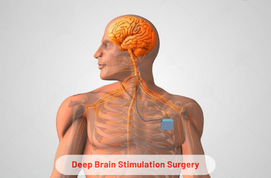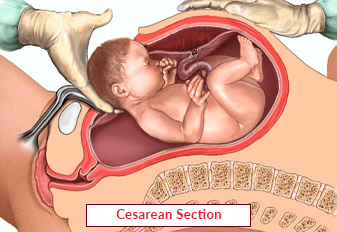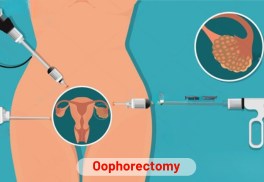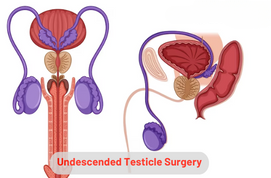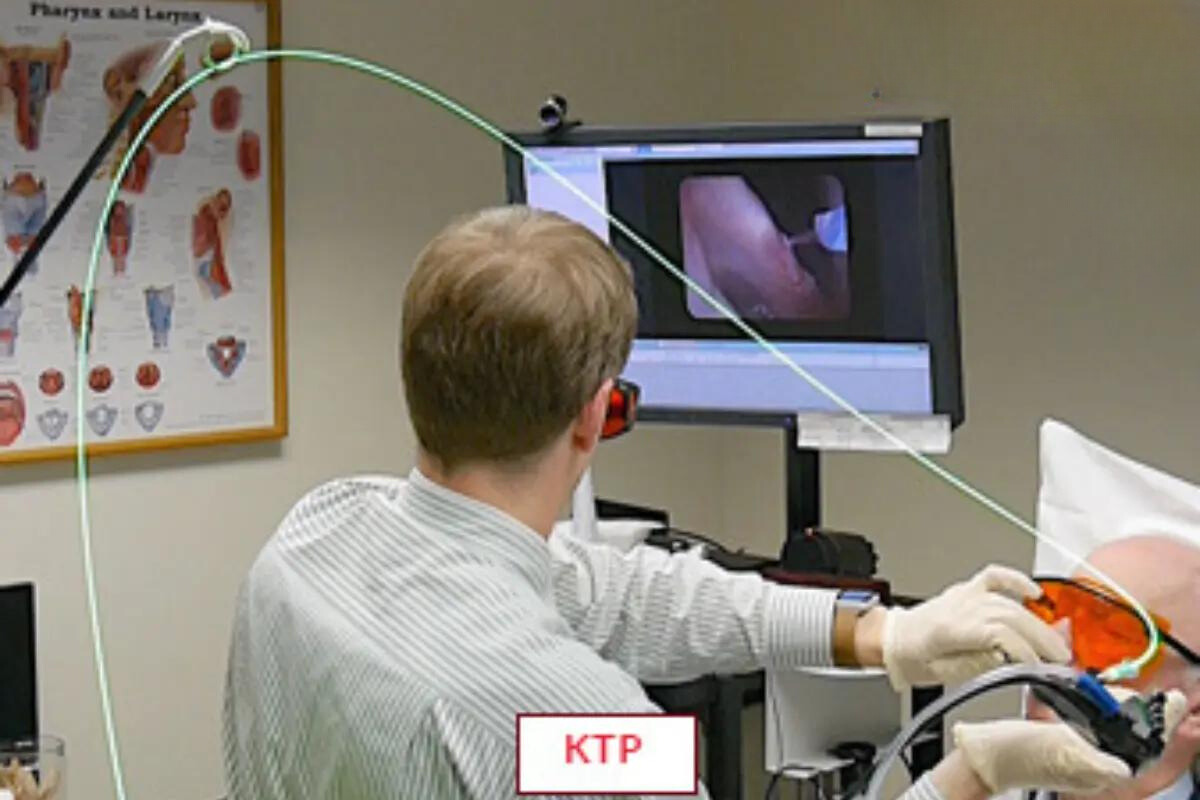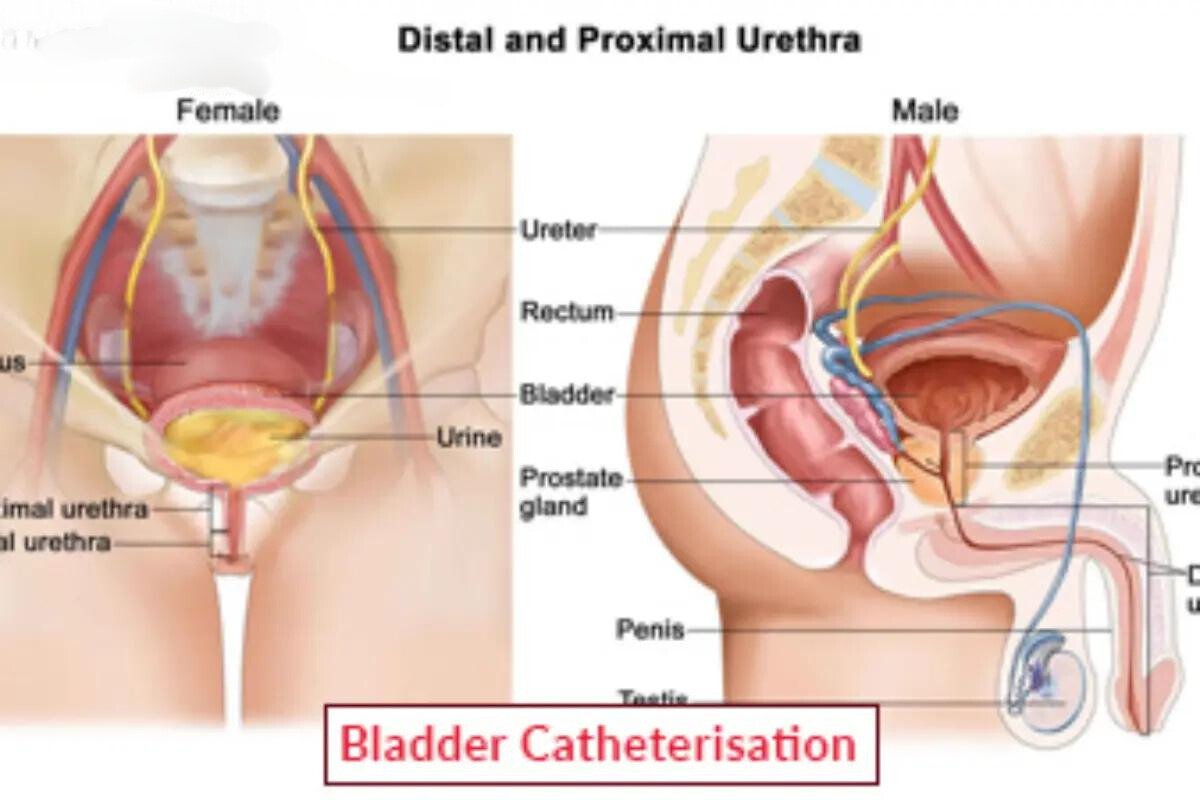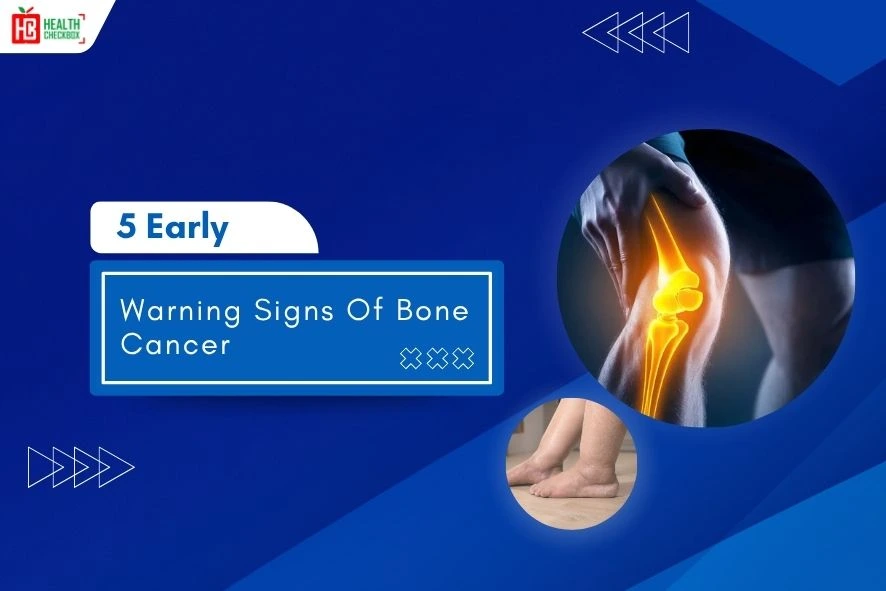Deep brain stimulation surgery is a neurosurgical procedure. It is designed to alleviate the symptoms of certain brain illnesses, such as Parkinson’s disease or essential tremors. The surgeon inserts a little tool called a neurostimulator into the brain during the process.
This device sends electrical signals to particular areas of the brain that decrease symptoms like shaking or moving issues. A tiny remote controls the device, which is typically used during the procedure under general anesthesia. Through symptom relief and easier mobility, it can greatly enhance patients’ quality of life.
Why Is It Done?
The main reasons for performing DBS surgery include:
1. Parkinson’s Disease
- DBS can help treat symptoms like tremor, stiffness, delayed movement, and motor irregularities. It also enhances the quality of life for patients who do not react well to medicine.
2. Essential Tremor
- DBS greatly decreases and, in some cases, eliminates hand tremors, allowing patients to conduct daily activities more effectively.
3. Dystonia
- This neurological disorder causes uncontrollable muscle cramps. Twisting motions is another condition that DBS can treat. It can provide help with indications like muscle spasms and irritation.
4. Obsessive-compulsive Disorder
- DBS can also be used to treat OCD. The person experiences a mental health condition that includes repetitive thoughts and behaviors. Anxiety, depression, and obsessive thoughts can be improved. These do not respond positively to any drug or therapy.
Who Is The Perfect Candidate For This Process?
Some particular reasons that may qualify a person for DBS include:
- Diagnosed with Parkinson’s disease, essential tremor, dystonia, or OCD.
- Symptoms severely impact their quality of life and daily activities.
- Inability of medicine or other therapies to regulate symptoms.
- Good overall health enables the ability to undergo surgery.
- Patients demonstrate a willingness to comply with post-operative care and follow-up consultations.
Symptoms of DBS Surgery
An improvement in the signs of neurological disorders is observed. And also some people might experience certain side effects after the whole process. Common symptoms include:
- Pain in surgical area
- Headache
- Swelling
- Dizziness
- Speech issues
- Muscle spasms
- Difficulty in sleeping
Risks of DBS Surgery
It carries several risks and potential side effects, though these are generally mild and reversible. Here are the key risks associated with DBS surgery:
- Infections
- Stroke
- Seizures
- Bleeding and Hemorrhage
- Swelling in and around the brain
- Cognitive and mood changes
DBS Surgery Cost in India
This surgery in India will cost you approximately eight lakhs to fifteen lakhs Indian rupees. However, the prices may vary depending upon the hospitals in different cities. Below are some more reasons:
- The type of surgery
- The complexity of the procedure
- The surgeon’s experience
- The severity of the condition
- The patient’s condition
- Additional diagnostic procedures
- The type of room selected
Procedure of Deep Brain Stimulation Surgery
This operation entails implanting electrodes in specific brain locations to relieve neurological problems. The process consists of pre-surgical examinations, electrode placement while awake but sedated, and the implantation of a pulse generator. Here is a detailed overview of the activity:
1) Pre-Procedure Preparation
a) Consultations and Assessments:
- Both of these are integral to the patient’s care. In this case, detailed interaction between doctor and the patients to diagnose and treat ill health issues.
- A neurologist conducts a thorough evaluation to determine DBS suitability depending on the symptoms and condition.
- Doctors use MRI or CT scans to map your brain and identify precise locations for electrode placement.
- The medical team makes adjustments to medications that may affect the surgery or post-operative recovery.
b) Pre-Surgical Instructions:
- When preparing for the operation, patients should follow various instructions to ensure a smooth and safe activity. Here are some general before surgery instructions:
- You might need to fast for a certain period before the surgery.
- Your doctor may advise possible changes to your current medications.
- The medical team conducts blood tests, ECG, and other required assessments to ensure you are fit for surgery.
2) During The Procedure
a) Anesthesia
- Patients will be awake but sedated during the surgery to allow for real-time interaction and monitoring.
Surgical Stage 1: Electrode Implantation
b) Preparation:
- Neurosurgeon make small incisions in the scalp.
c) Placement of Electrode:
- Surgeons create small holes in the skull and insert electrodes into specific brain regions based on imaging and symptoms. Real-time brain scanning guides this placement to assure precision.
d) Testing:
- The surgeon attaches the electrodes to a temporary external device and tests the stimulation to confirm proper placement.
Surgical Stage 2: Pulse Generator Implantation
a) Pulse Generator Placement
- Initially the rods are perfectly positioned. A pulse generator is inserted below the skin in the chest or belly. Brain activity is monitored by this device. It sends electrical impulses through its electrodes and thus brain activity is regulated.
b) Wiring
- The electrodes in the brain are connected to the pacemaker via thin wires.
3) After The Process
a) Immediate Recovery
- Patients will be taken to a recovery area where the medical team monitors for any immediate complications.
- Pain or discomfort at the incision areas is managed with drugs.
b) Hospital Stay
- Generally patients will stay in the hospital for a few days to monitor their recovery and manage any health issues after the surgery.
c) Follow-Up Care
- Follow-up meetings involve adjusting the stimulation settings to optimize treatment and manage any negative effects.
- Physical therapy or other forms of rehabilitation can be considered. This will help patients adjust to the changes and fully benefit from DBS.
- To ensure optimal operation, you should maintain and check the pulse generator and electrodes on a regular basis.
- Your healthcare team will conduct regular check-ins to assess symptom improvement and make any required changes to the treatment plan.
Latest Health Tips
Can Immunotherapy Cure Stage 4 Lung Cancer?
Early Signs of Cervical Cancer
Foods that Kill Cancer: Leafy Vegetables, Grains, & More
What Stage of Cancer is Immunotherapy Used For?
Which is Worse for Cancer, Sugar or Alcohol?
Vaccines That Prevent Cancer
What Kills Cancer Cells in the Body Naturally?
5 Early Warning Signs of Bone Cancer
Submit Your Enquiry
Testimonials








